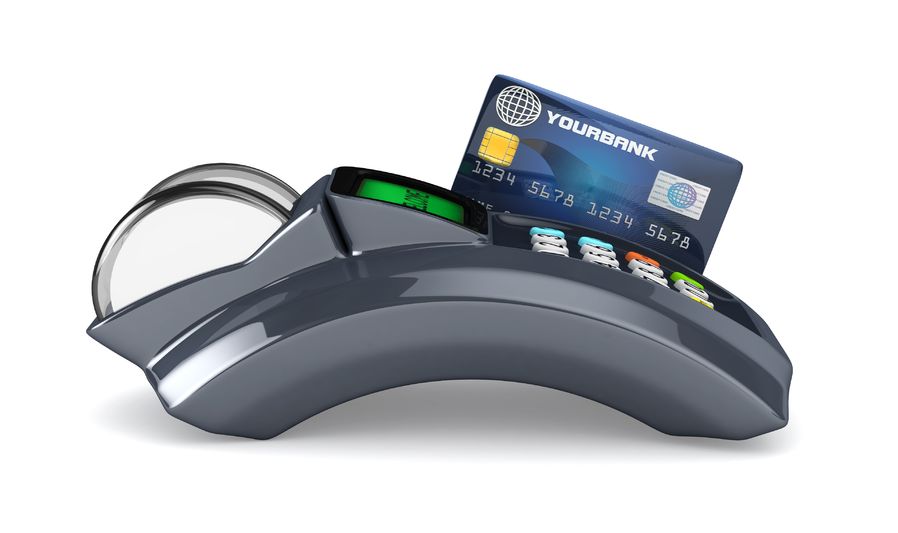Posted by admin on Dec 24, 2010

High risk merchant accounts have similar pricing component as non-risk high risk accounts. The main difference in pricing elements is reserves, which are required for high risk accounts but are generally not for a non-high risk accounts.
Here are 6 elements which comprise rates for high risk merchant accounts.
- Discount rates. A discount rate is a fixed percentage of the value of each transaction processed through a high risk merchant account. Generally, an acquiring bank that accepts a high risk merchant account will charge a premium to cover the increased risk associated with processing.
- Transaction fees. A transaction fee is a flat amount per transaction. High risk merchant accounts include more extensive fraud fighting tools, which can drive up the cost per transaction compared to non-high risk merchant accounts.
- Monthly statement fees. The monthly fee is usually similar for high risk merchant accounts and non-high risk merchant accounts. Be wary of companies which charge expensive monthly fees because these are simply extra profit to the provider and no benefit to the merchant.
- Gateway fee. A gateway is a secure connection between high risk merchant accounts websites and the processing network. In some cases a high risk merchant will connect directly to a payment processor. In this instance, no gateway fees apply.
- Setup fees. In most instances high risk merchant accounts in the US do not have a setup fee. Some international banks assess a small setup fee once the high risk merchant account is approved, before live processing begins.
- Reserves. Reserves are funds set aside against potential chargebacks in high risk merchant accounts. Reserves for a high risk merchant account range from 5-10%. Reserve accounts can be renegotiated once high risk merchant accounts have established a payment processing history with the bank.
For more information, contact info@paynetsecure.net
Topics
- Payment Processing Trends in the Gaming Industry
- The Future of Payment Processing: Trends and Innovations
- Choosing the Right Payment Processor for Your Gaming Business
- No Chargeback vs Traditional Payment Processors
- The Impact of No Chargebacks on Customer Trust
- Fraud Prevention in No Chargeback Merchant Accounts
Categories
- adult merchant accounts (7)
- alternative payments (10)
- Blockchain Merchant Account (1)
- chargeback (11)
- Chargeback Prevention (7)
- Cloud Payment Processing (1)
- Contactless Payment Processing (1)
- crypto currency merchant account (5)
- debt collection merchant account (1)
- Direct Response Merchant Account (1)
- ecigarette merchant account (1)
- Ecommerce (8)
- fantasy sports (2)
- Fantasy Sports Merchant Account (3)
- Forex Merchant Accounts (1)
- Global eCommerce (13)
- health care credit card processing (4)
- high risk merchant account (139)
- high risk payment gateway (44)
- high risk processing (72)
- Independent Software Vеndоrѕ (2)
- International Merchant Account (13)
- international merchant accounts (28)
- international payments (24)
- medical billing (4)
- merchant accounts (25)
- mobile payments (7)
- MOTO merchant account (1)
- Multiple Currency Payment Processing (5)
- nutra merchant account (5)
- Nutraceutical Merchant Account (5)
- offshore merchant accounts (11)
- Online Dating Merchant Account (1)
- Online Gaming Merchant Account (3)
- Online Gaming Merchant Accounts (4)
- p2p network payment processing (1)
- payment gateway (22)
- Payment Gateway Chargebacks (4)
- payment processing (60)
- payment processing gateway (65)
- Payment Processing Merchant Account (23)
- payment processing system (42)
- recurring billing (12)
- recurring payments (14)
- SaaS Billing (10)
- SaaS Payment Gateway (1)
- SasS Payment Processing (2)
- Secure Payment Processing (25)
- Telemedicine Merchant Account (1)
- Travel Agency Merchant Accounts (4)
- travel industry merchant account (4)
- travel industry payment processing (3)
- travel merchant account (3)